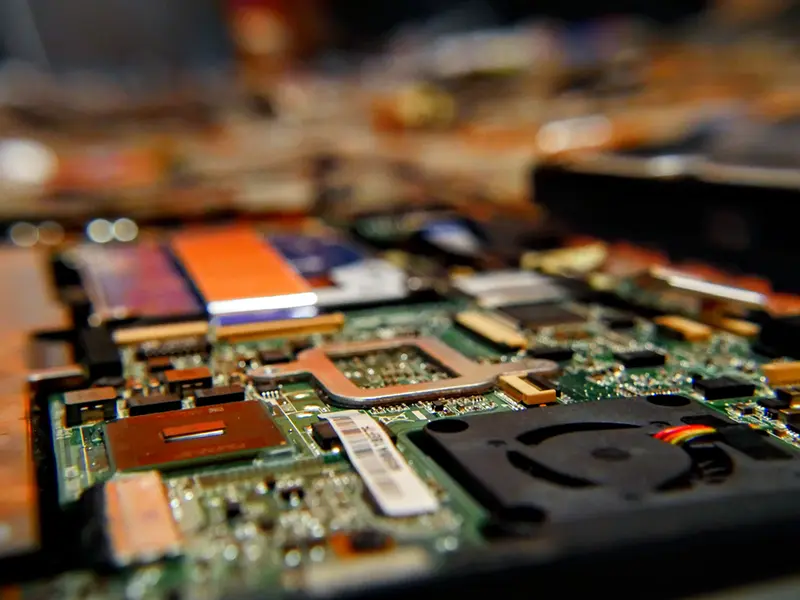PCB (Printed Circuit Board) is a crucial electronic component used in the electronics industry, which acts as a support for electronic components and a carrier for the electrical connection of electronic components. The PCB has been widely used in the manufacture of electronic products, and its unique characteristics include high wiring density, small size, light weight, repeatability, and consistency in graphics, which reduces the errors in wiring and assembly.PCBA (Printed Circuit Board + Assembly) is the whole process of PCB empty board SMT (Surface Mounted Technology) and then DIP (Dual In-line Package) plug-in. SMT is a surface mount technology that uses the placement machine to mount micro parts on the PCB board, while DIP involves inserting parts on the PCB version.

PCBA is a processing process, which can also be understood as a finished circuit board. On the other hand, PCB refers to an empty printed circuit board with no parts on it. In other words, PCBA can only be counted after the processes on the PCB board are completed. In conclusion, PCB and PCBA are two different terms. PCB is the bare board, whereas PCBA is the finished board. PCB acts as a support for electronic components and a carrier for the electrical connection of electronic components, while PCBA involves the processes of SMT and DIP, which leads to a finished circuit board.

Customer support